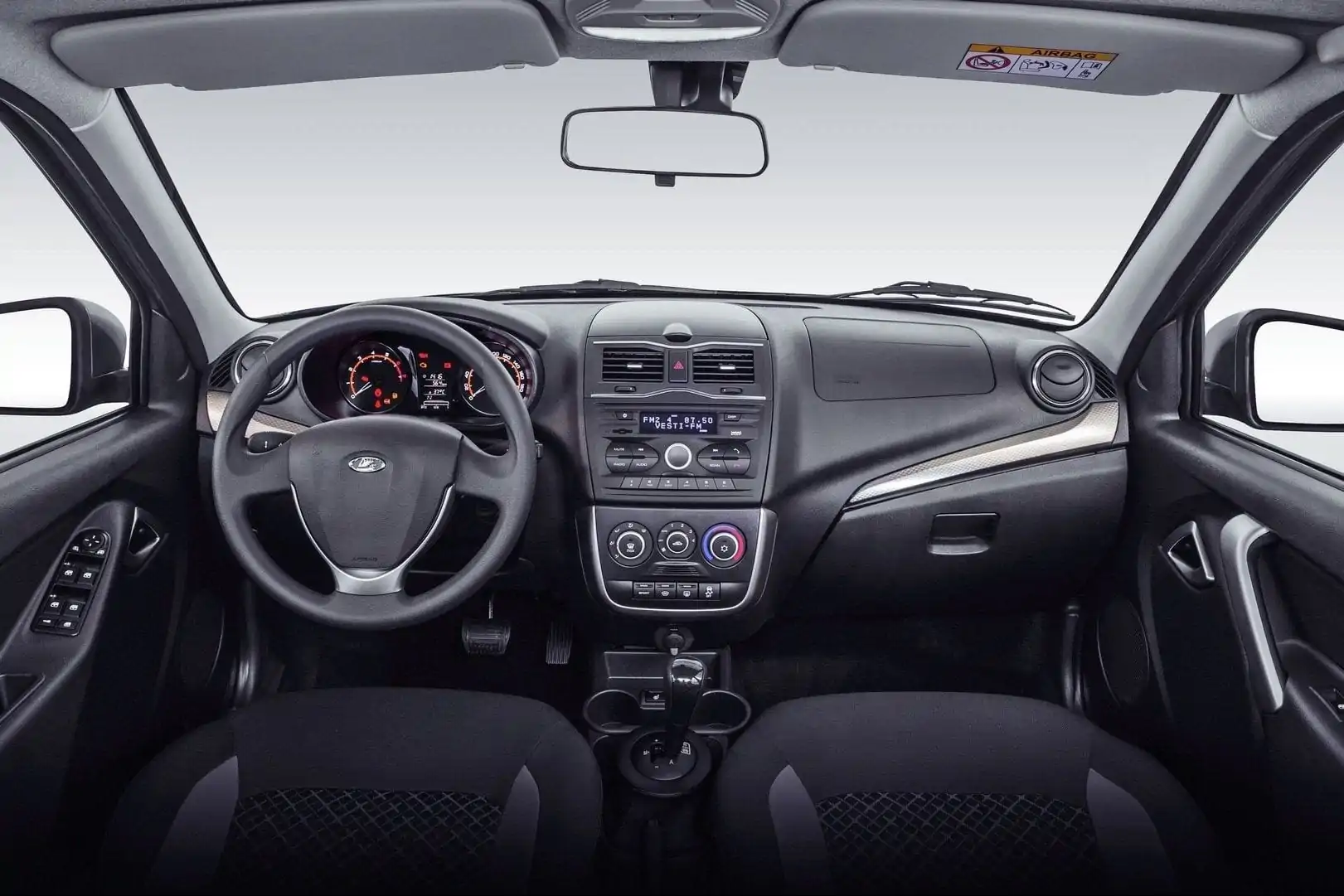
Different brakes, different troubles
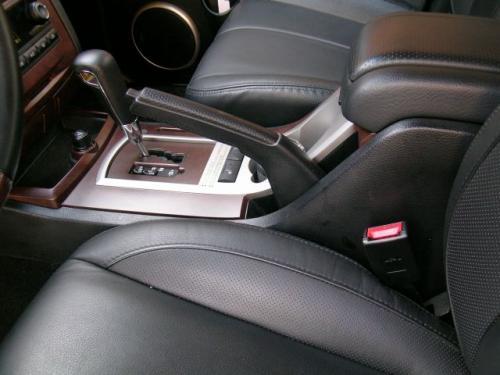 While we are dealing with the main brake, the so-called leadership, we often remember it only when we really need it.
While we are dealing with the main brake, the so-called leadership, we often remember it only when we really need it.
The braking system is important for driving safety, but safe parking also depends on it. While we take care of the main brake, we also take care of the parking brake, the so-called "Manual", we often remember it only when we really need it.
The parking brake, also known as "manual" (because of the way it is applied), acts on the rear wheels in the vast majority of vehicles. The exception is some Citroen models (eg Xantia) where this brake acts on the front axle. 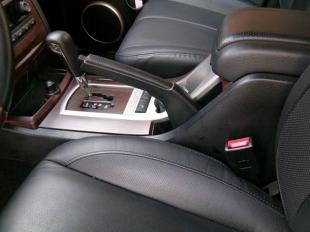
Lever or button
In current passenger cars, the parking brake can be actuated by a traditional lever, an additional pedal, or a button on the dashboard.
However, regardless of how it is actuated, the rest of the brake is the same, as is the principle of operation. The locking of jaws or blocks is carried out mechanically using a cable, therefore, for all types of control, a certain group of malfunctions is the same.
The hand lever brake is the most widely used. This is the simplest system in which pressing the lever tightens the cable and blocks the wheels.
The pedal brake works in the same way, only the force is applied by the foot, and a separate button is used to release the brake. This design is more complicated, but also more convenient.
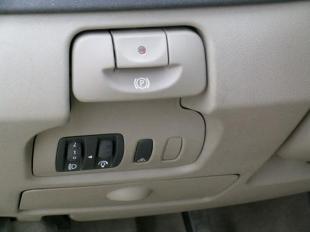
The latest solution is the electric version. But even then, it is a typical mechanical system in which the lever is replaced by an electric motor. Such a brake has many advantages - the force required to operate is symbolic, you just need to press the button, and the electric motor will do all the work for you.
In some car models (for example, Renault Scenic) you can forget about the parking brake, because it is controlled by a computer and when we turn off the engine, it automatically starts, and when we move, it brakes by itself.
Follow the rope
Most of the handbrake units are located under the chassis, so they work in very difficult conditions. The most common failure of mechanical parts is the cable, regardless of the type of brake. Damaged armor causes corrosion very quickly and then, despite releasing the lever, the wheels will not unlock. When the brake discs are at the back, after removing the wheel, you can pull the cable with force (with a screwdriver) and drive to the place. However, if they are installed 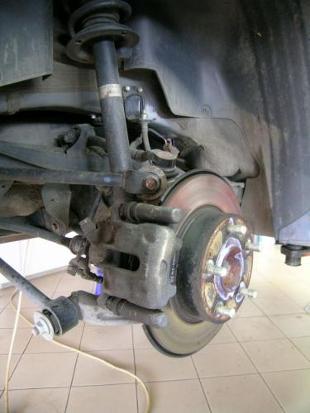 jaws - you need to remove the drum, and this is not so simple.
jaws - you need to remove the drum, and this is not so simple.
With pedal brakes, it may happen that the pedal does not release and remains on the floor, despite the fact that the lever is released. This is a malfunction of the unlocking mechanism and it can be emergency unlocked on the road, as it is located inside the cabin.
Also, with an electric brake, the driver does not remain on the notorious “ice”. When the button stops responding, the lock is unlocked by pulling a special cable in the trunk.
Which one is the best?
There is no single answer. Electric is the most convenient, but due to the greatest design complexity, it can be prone to frequent failures. This is especially true for cars that are several years old, because the brake motor is located under the chassis near the rear wheels.
The simplest is a brake with a hand lever, but it is not convenient enough for everyone. A pedal-operated mechanism can be a compromise. But even in this case, when buying a car, we probably cannot choose the type of handbrake. Therefore, you must accept it as it is, take care of it and use it as often as possible.
